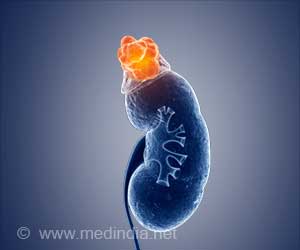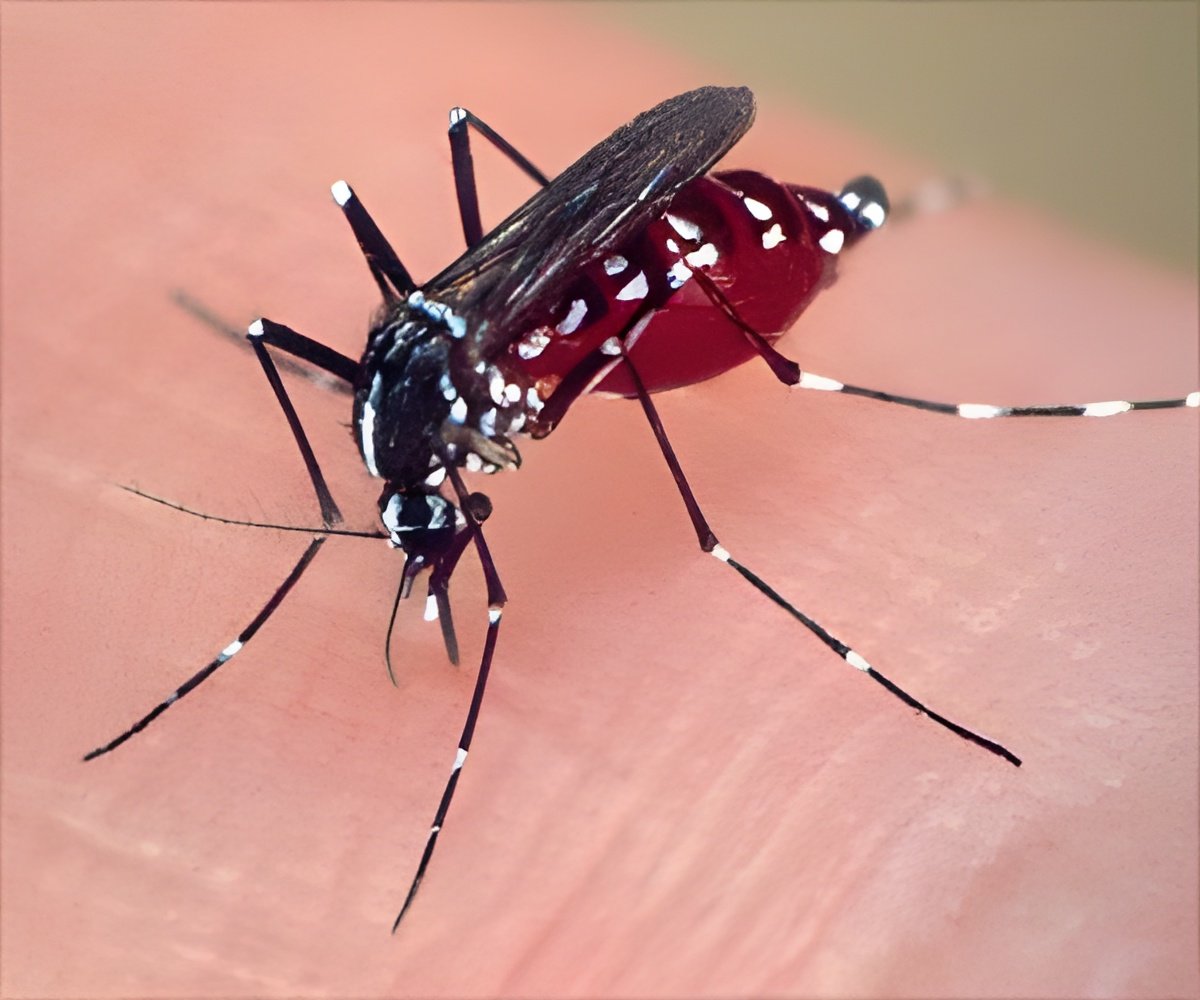“Breakthroughs significantly altering the fate of high-risk neuroblastomas have been elusive,” said study author Anthony Faber, Ph.D., co-leader of the Developmental Therapeutics research program and Natalie N. and John R. Congdon, Sr. Endowed Chair in Cancer Research at VCU Massey Cancer Center.
To address the lack of effective treatment options for neuroblastoma, Faber’s laboratory along with his collaborators performed high-throughput drug screening with SHP099. This compound belongs to a new class of drugs that target and block an enzyme called SHP2, which is along the same genetic pathway as MEK/ERK.
Neuroblastoma (Childhood Cancer) Treatment
High-throughput screening is an important method in drug discovery and design that allows researchers to automate thousands to millions of tests on chemical or biological compounds.
Advertisement
Repeatedly, Faber and his research team found that neuroblastoma tumors in mice were sensitive to SHP099, and the tumors shrank considerably in some of the models. SHP099 had a particularly effective impact in tumor cells that had limited or no expression of the neurofibromin 1 (NF1) protein. Additionally, they determined that NF1 expression is much lower in advanced or relapsed neuroblastoma cells, and the protein is more readily deactivated in high-risk neuroblastoma.
“We found variable yet consistently positive effects across all models of low NF1, high-risk neuroblastoma, revealing a new drug target in relapsed disease,” said Faber, who is also an associate professor in the Philips Institute for Oral Health Research at the VCU School of Dentistry.
Faber said one of the most important findings in the study made by first authors Jinyang Cai, Ph.D., and Sheeba Jacob, Ph.D., was that SHP2 inhibitors were ineffective at blocking the function of MEK/ERK in healthy cells and therefore were not toxic to them.
“These findings suggest that, unlike MEK inhibitors, SHP2 inhibitors may be dosed high enough to inhibit MEK/ERK signaling in neuroblastoma tumors,” said Faber, who credited the high efficiency and capabilities of the Cancer Mouse Models Core at Massey for allowing his team to comprehensively test SHP099.
As there are a large number of SHP2 inhibitors now in clinical testing, Faber will work with collaborator John Glod, M.D., Ph.D., to hopefully bring one of these inhibitors into clinical testing at the National Cancer Institute. Currently, Faber’s group is also planning to test SHP2 inhibitors in combination with anti-GD2 therapy, approved immunotherapy for neuroblastoma.
In addition to neuroblastoma, Faber’s team also found SHP099 to be effective in head and neck squamous cell carcinoma (HNSCC). Separate findings will be published soon, and the team is planning further testing of combination therapy in HNSCC with SHP2 and EGFR inhibitors.
Source: Eurekalert



